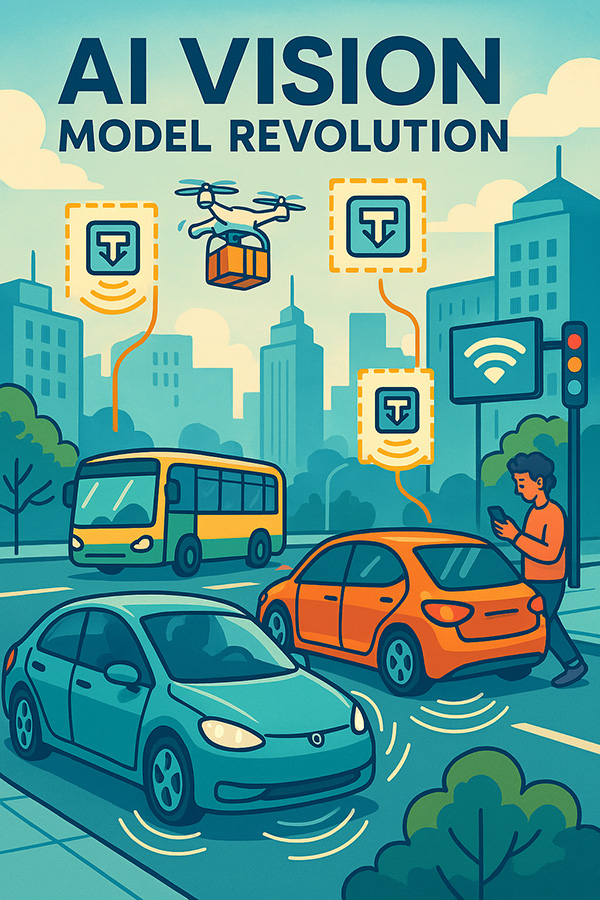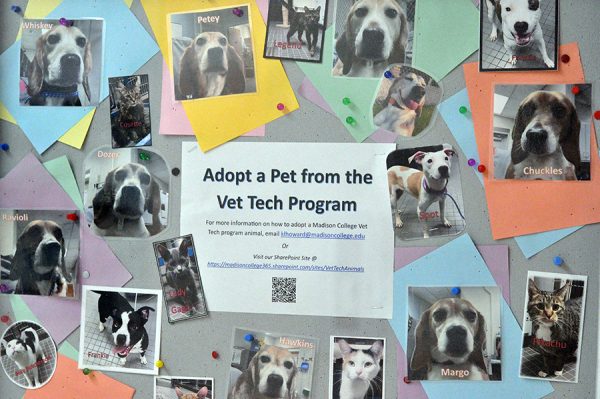In the last edition of The Clarion, I unpacked the “hyperscaling” revolution reshaping general AI – the drive towards smarter, not just bigger, models. That same seismic shift is now profoundly altering how machines see. This issue, the focus is on the dynamic world of “AI vision.”
Intelligence Over Size: The New Vision Paradigm
If one were to sum up everything that’s happening in the field, the vision AI field is moving beyond the “bigger is better” approach that dominated early development. Instead of simply building deeper networks and feeding them more data, researchers now focus on making models more efficient and adaptable.
Modern vision systems use innovative architectures that allocate computational resources based on the complexity of what they’re seeing – spending more effort on challenging visual scenes while efficiently processing simpler inputs.
Key Innovations Driving Progress
Several breakthroughs are fueling this transformation. “Test-time compute” — discussed last time — allows models to perform multiple refinement passes when analyzing complex images, like how humans might take a second look at something confusing. The Mixture of Experts approach employs specialized neural sub-networks that activate only when needed – some focusing on object boundaries, others on identifying specific features – making the entire system more efficient.
Tesla has been in the news for all the wrong reasons lately, but their engineering team showed AI vision model success by releasing v14 of FSD, which exemplified it as a case study in action. Their vision-only approach to self-driving – using cameras rather than LiDAR or radar – demonstrates how architectural innovations translate to real-world capabilities. By processing visual information across video frames, their systems can understand complex driving scenarios without the expensive hardware other autonomous vehicle makers rely on.
Democratizing Advanced Vision Technology
This focus on efficiency is democratizing access to powerful vision AI. While tech giants continue deploying significant resources on specialized hardware, smaller organizations can now achieve competitive results with more modest computing resources. Open-source frameworks provide pre-trained vision models that can be fine-tuned with limited data, opening opportunities for innovation beyond elite research labs.
This accessibility has particular significance in fields like medical imaging, where researchers can now develop diagnostic tools for conditions ranging from diabetic retinopathy to cancer screening without massive datasets or computational budgets. Models can achieve clinical-grade accuracy with training costs measured in thousands rather than millions of dollars, expanding who can contribute to this vital field.
The Double-Edged Sword
These advances bring significant challenges alongside their benefits. As vision models become more powerful and accessible, concerns about misuse grow accordingly. The same technologies that enable medical breakthroughs can power increasingly convincing deepfakes that defy detection. Facial recognition systems now achieve accuracy rates above 99.8% on standard benchmarks, raising privacy questions as these capabilities spread.
Technical vulnerabilities remain significant as well. Even state-of-the-art vision models remain susceptible to carefully crafted adversarial examples that can fool them while appearing normal to humans – a critical concern for safety-critical applications like autonomous vehicles, as we head towards an increasingly automated future.
Looking Forward
The integration of vision with language and reasoning capabilities marks the next frontier. Multimodal systems can now understand images in context, answer questions about visual content, and even plan actions based on what they see. This convergence of previously separate AI domains promises applications ranging from more natural human-computer interaction to robots that can understand and manipulate their environments.
As these technologies continue advancing, balancing progress with responsible development becomes crucial. The industry is developing frameworks for fairness assessment and transparency, but technical solutions often lag capabilities. The challenge ahead isn’t just creating more powerful vision systems, but ensuring they serve beneficial purposes and respect privacy and ethical boundaries.
This transformation in AI vision represents a shift in how we think about machine perception – focusing on intelligence and efficiency rather than raw computational power. The implications will reshape industries from healthcare to transportation while raising important questions about how these idigital eyes should be governed.


























